BILBAO, BASQUE COUNTRY, SPAIN - Rubén Varela is up bright and early to greet guests staying at the Hotel Miró, a chic little property that sits directly across the street from this city’s most famous landmark, the Guggenheim Museum.
The charming Sales and Marketing Manager pours me a cup of coffee and delivers some locally made jams and freshly baked bread to my table before pulling up a chair.
“You know,” says Rubén, “I was born for this job - right here.”
Huh?
“Well,” he explains with a wry grin, “before being turned into a hotel, this building served as a maternity hospital and this is where I was actually born - so I guess you can say I was born to be a hotel manager.”
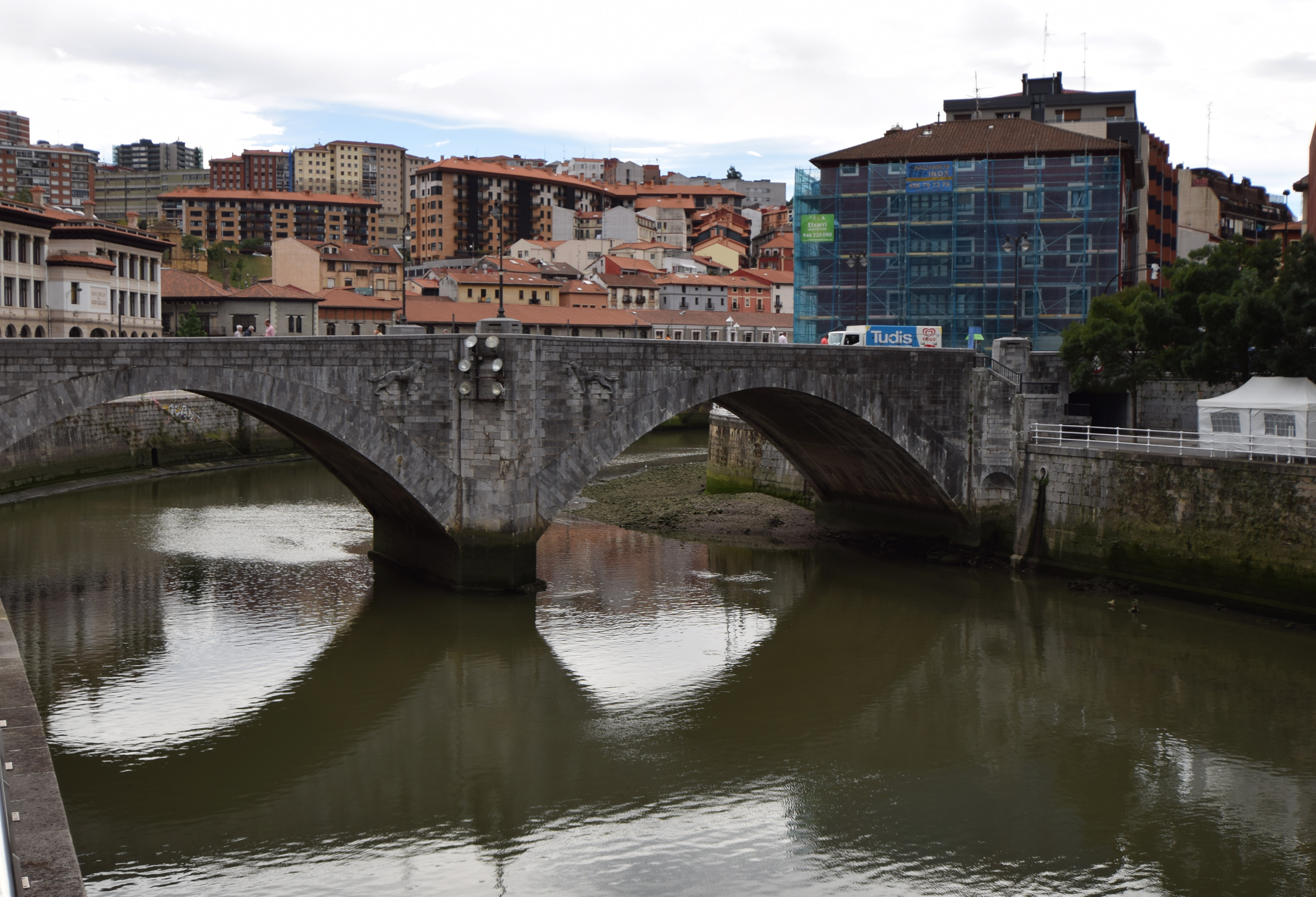
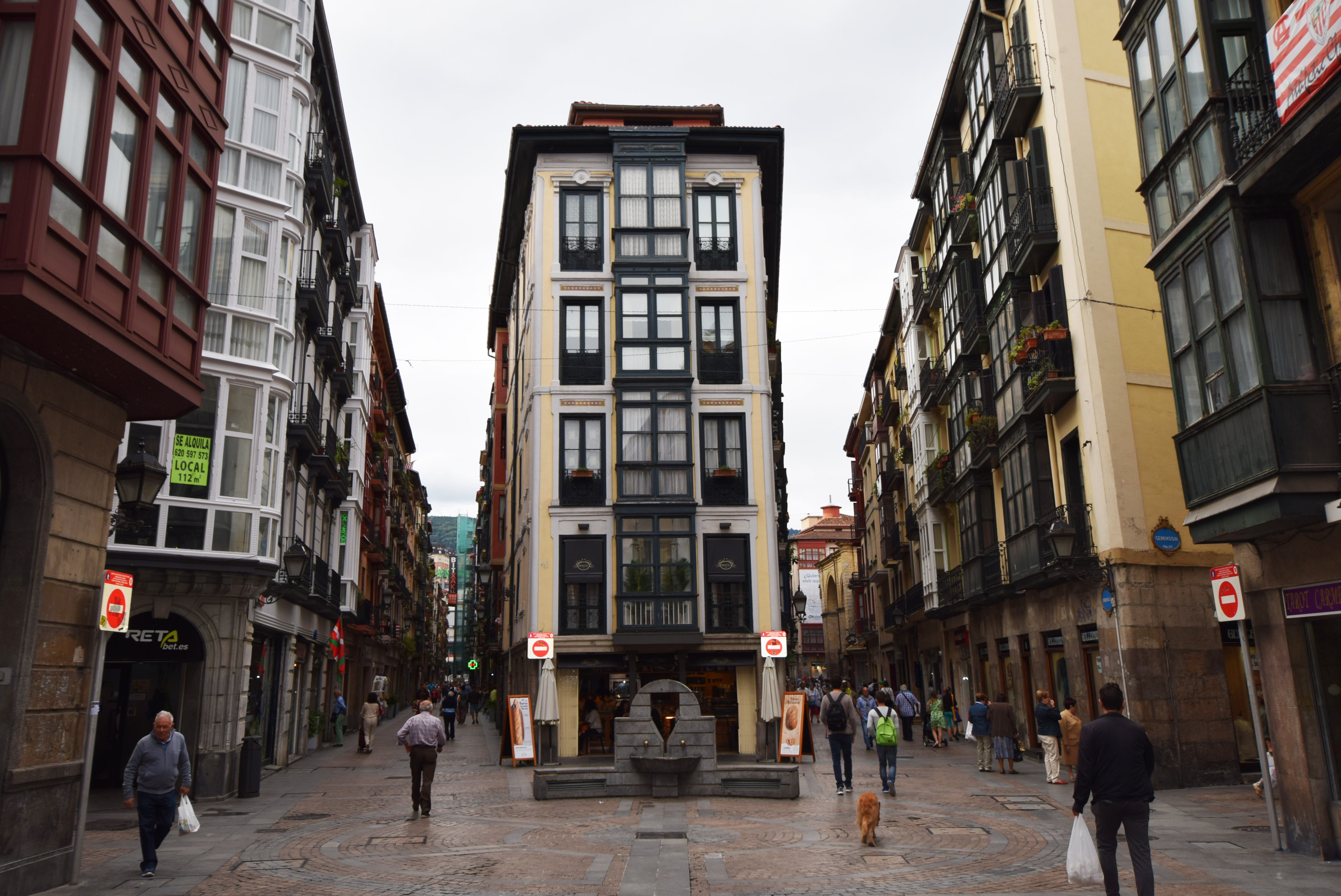
Above: Bilbao's Old Quarter is filled with charming buildings and historic sites.
Rubén then scans the cloudless sky hovering above the lovely hotel and says “you have a beautiful day to tour our city.”
He then adds: “You know you can walk through history in Bilbao (pronounced Bill-Bow here), going from the modern world to the ancient world in just a matter of hours.
“And the best place to start your tour is in front of the Guggenheim, then follow the river walk and Gran Via (the city’s main street) until you reach our Old Town. There’s hundreds of years of history along that four kilometre route.”
So I walk across the street to reach the futuristic Guggenheim, designed by renowned Canadian architect Frank Gehry, and come upon a giant flowered West Highland terrier (a Westie like my own dog Geordie back home) guarding the entrance. The behemoth sculpture named “Puppy” was created by the legendary Jeff Koons, whose other brilliant work “Tulips” is also displayed in the Guggenheim Bilbao. Koons carpeted the Westie in bedding plants and the 12-metre high artwork dominates the handsome square surrounding Gehry’s massive temple of modern and contemporary art.
The Guggenheim Bilbao is stunning no matter when you look at it but it’s especially beautiful when the morning light illuminates its titanium and steel skin. Few buildings in the world can match Gehry's Guggenheim for good looks - The New York Times once called it “the most important building yet completed” by Gehry. Few would argue.
Opened in 1997, the Guggenheim museum injected new life into this once grimy city whose skyline was dominated by steel mill chimneys that belched black smoke and covered the city in soot during Europe’s industrial age.
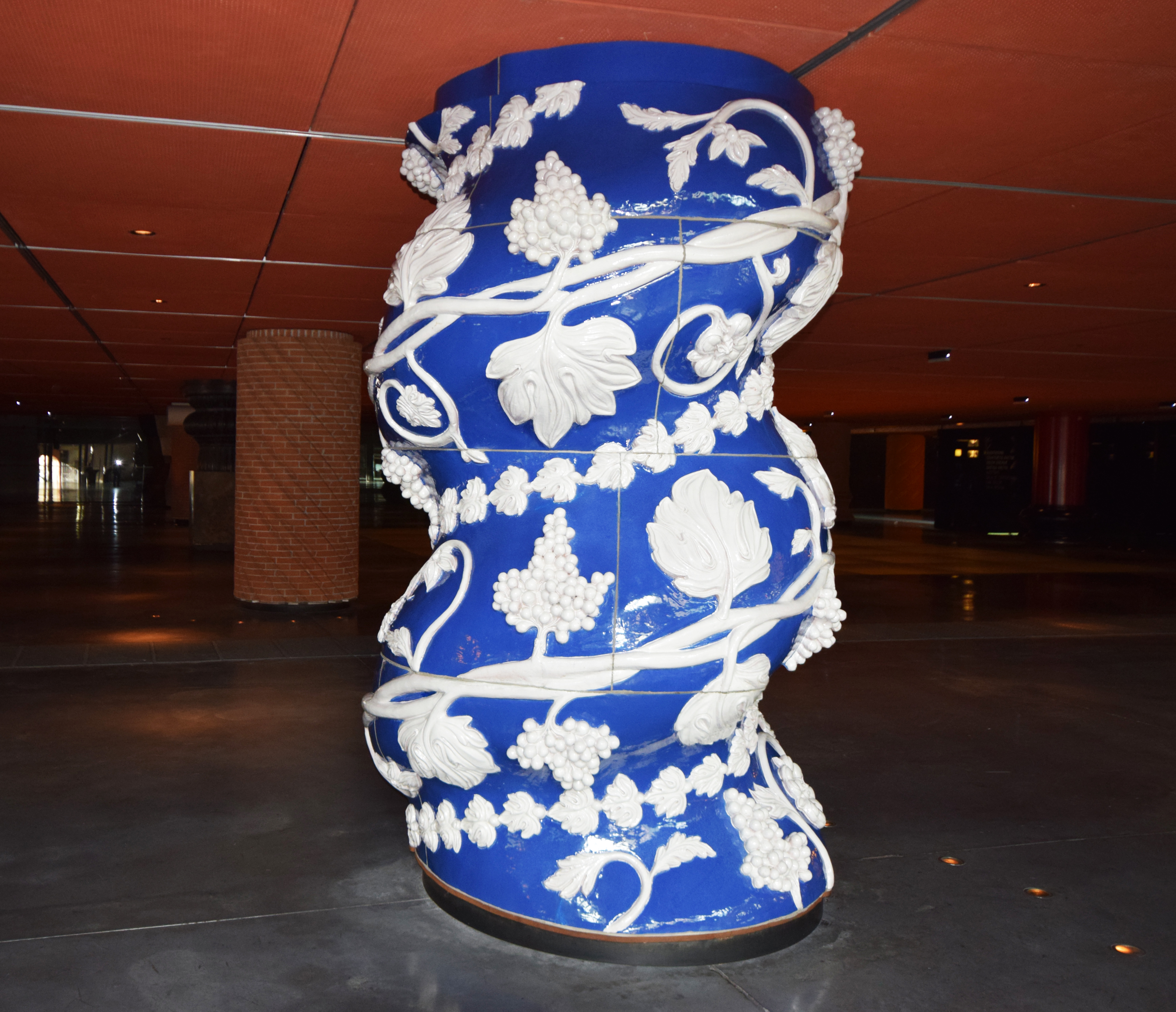
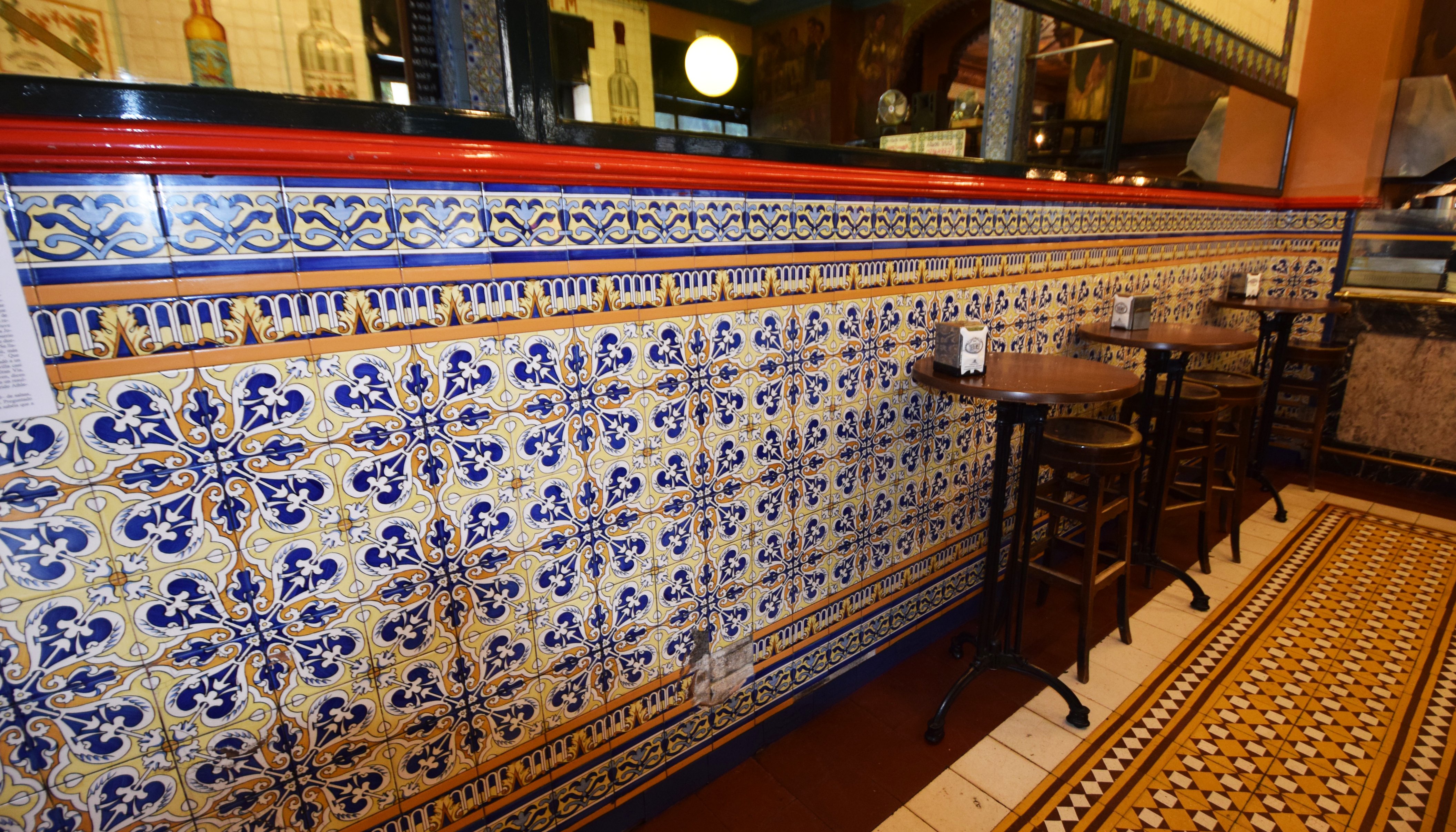
Left: The old wine exchange an important gathering spot. Right: Bilbao's bars display lovely tiles.
Few people ever came to Bilbao until the Guggenheim was built - “that’s why we say Bilbao has BG (Before Guggenheim) and a AG (After Guggenheim) periods,” says David Elexgaray, the man who has agreed to lead me on the history walk through Bilbao.
“Our city got less than 20,000 visitors a year before the Guggenheim opened and many of them were lost,” laughs my guide. “Now we get almost 1 million visitors a year and they all want to visit the Guggenheim.”
Gehry’s museum is actually where the new and old worlds intersect in Bilbao, which over the years has been transformed into one of Europe’s top research and development centres - the Silicon Valley of Spain.
Because of its proximity to Britain - Ferries connect the Basque city to Portsmouth across the Bay of Biscay - David tells me the Basque people have always had a history with their English neighbours. “Their ships would sail down the Nervión River in the 18th century and dock right where the Guggenheim stands today. In fact, the British introduced us to soccer right here (in what’s known as the Field of Englishmen) and have regretted it ever since,” laughs David. (Spanish teams like Atlético Madrid and FC Barcelona have dominated their English counterparts for decades).
While most of the soccer teams in Spain are known by their Spanish names “Atlético Madrid, etc”, the local side here retains its original English name, Athletic Bilbao, out of “respect for the Brirish who taught us the sport,” says David, who proudly lets me know some of best players ever to play for Spain’s national team started their careers with Athletic Bilbao.
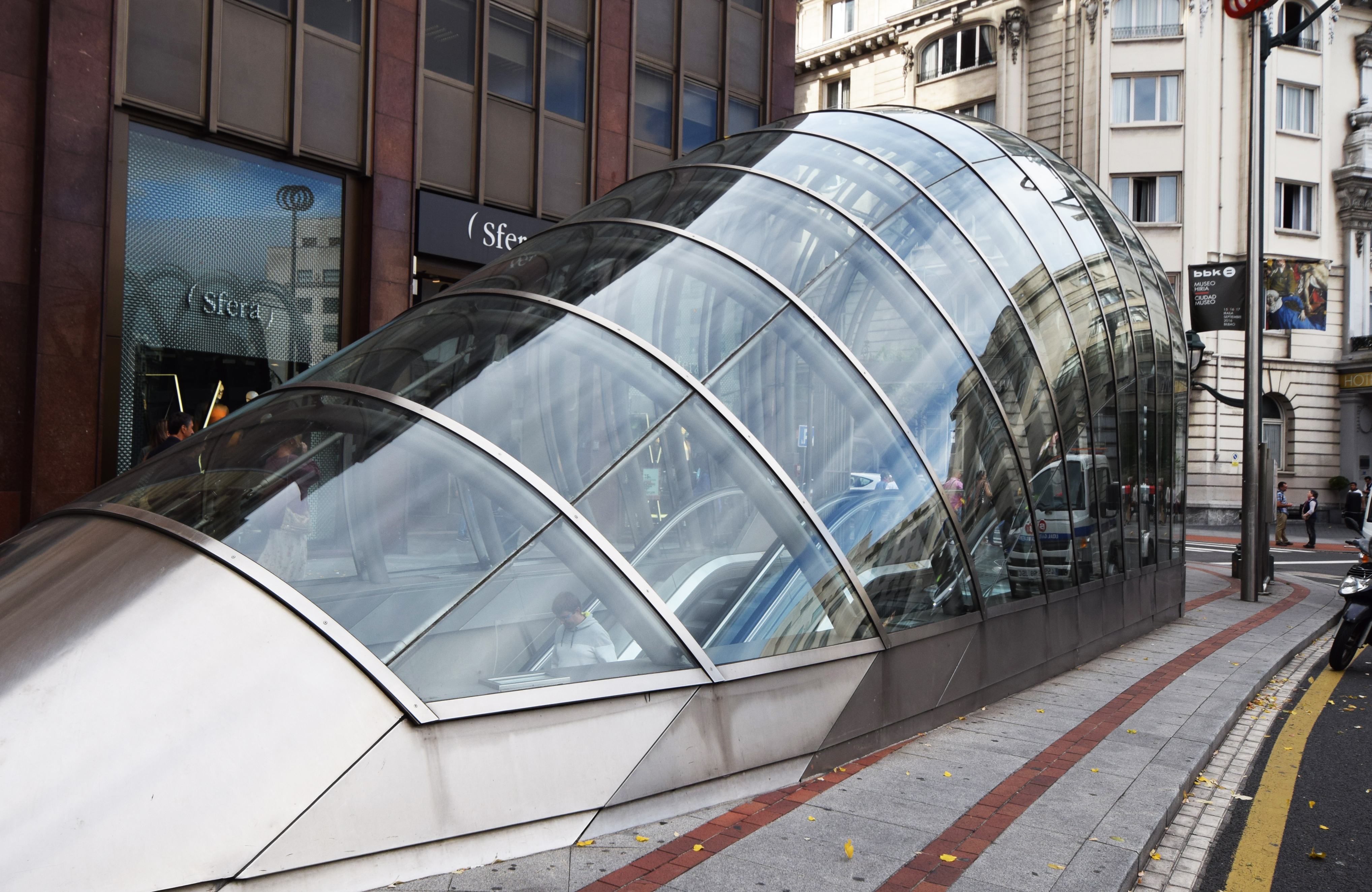
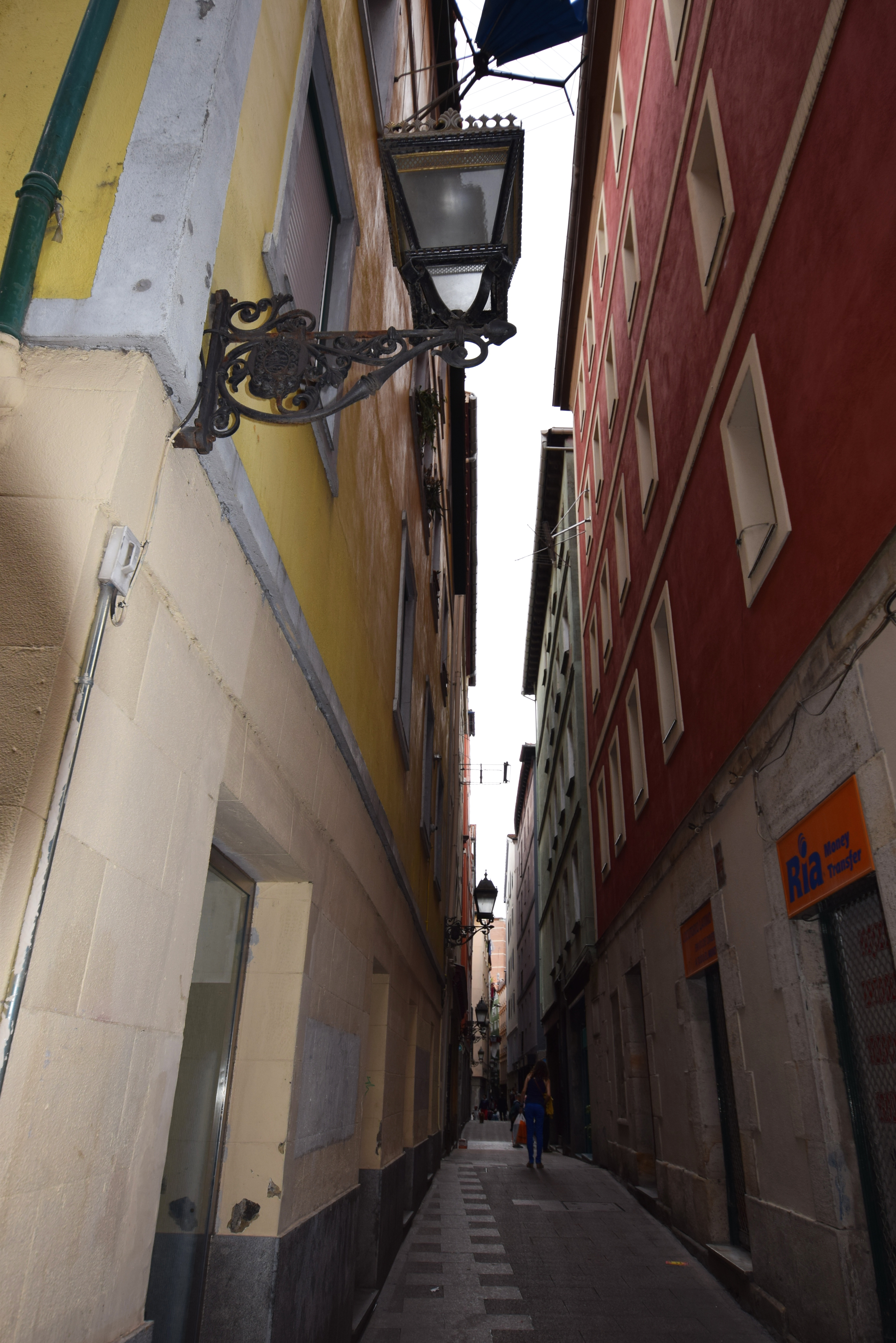
Above: Modern architecture stands out in the city's narrow streets.
With the sweeping facade of the Guggenheim being reflected in the slow-moving Nervión River, David leads me into the business district of Bilbao, which is filled with striking buildings, some holdovers from the industrial age while others, like the impressive 40-storey glass and steel Iberdrola Tower designed by César Pelli, are modern additions that reflect the city’s newfound prosperity.
When we reach the Plaza Moyua, the city hub where Bilbao’s main streets intersect, David tells me some of the world’s most respected architects have had a hand in reshaping Bilbao.
“It’s not just Gehry. Take our subway station entrances, for example,” says David pointing to the glass and steel tubes protruding through the sidewalk surrounding the main plaza. “They were designed by none other than Norman Foster. And architects like Philippe Stark, Santiago Calatrava and Rafael Moneo have also designed many buildings here.”
When we reach a castle-like structure off the Gran Via - Bilbao’s main street - David identifies it as the Azkuna Zentroa and insists that we step inside.
“This was once Bilbao’s wine warehouse but now it’s a multi-purpose building where our citizens come to eat and play,” says David, who directs my attention to the glass ceiling above our heads where a shadowy figure appears to be floating.
“That’s actually a glass bottom swimming pool,” he tells me. “Philippe (French designer Stark was handed the task of turning the old warehouse into a multi-purpose facility) did a great job.”
Indeed. Besides the unique community swimming pool, the 43,000 square foot Azkuna Zentroa is also home to cinemas, children’s workshops, a fitness centre and one of Bilbao’s best restaurants - Restaurante Yandiola, where we enjoy a marvellous meal later that evening.
The building’s most striking feature, though, is the 43 stubby supporting columns that are beautifully decorated - my favourite is the one painted purple with grapes and vines that celebrates the building’s history with the wine industry.
As we wander through the labyrinth of streets leading to the Old Quarter (Casco Viejo), I’m struck by how clean the city is.
“We take a great deal of pride in our city and especially our neighbourhoods,” says David, who leads me through an arched passageway and into Plaza Nueva, a handsome square on the edge of the Old Quarter that’s surrounded handsome apartments, shops and Café Bar Bilbao, a legendary watering hole that dates back to 1911 and whose bar top is crammed with plates piled high with pintxo (pronounced pincho), the Basque version of tapas, only much better.
When we cross the bridge over the River Ibaizabal, David points out some of Bilbao’s most important landmarks - the stunning Old Opera House, the historic main train station and handsome St. Nicholas Church, all of which are clustered around the Old Town Square where the annual cooking festival is being held.
“Bilbao hosts many festivals - we have a lot to celebrate. after all,” says David.
Just before entering the Casco Viejo, David points to a brass plaque embedded into a cobblestone street, which identifies this as part of the famed Camino de Santiago, the famed pilgrimage route which honours the Apostle St. James.
“Bilbao forms the northern part of the Camino de Santiago,” David tells me.
The former walled Casco Viejo consists of just seven narrow streets and dates back 700 years. The area is usually filled with tourists and pilgrims because many of the city’s best restaurants are located in this cramped area. It’s also a pedestrian only area so getting around is easy.
No visit to the Casco Viejo would be complete without stopping at the Old town market (Mercado de La Rivera), which is crammed with shops selling local meats, the famed Iberian ham, farm-fresh vegetables and Basque cheeses.
David encourages me to sample the Idiazabal cheese, made from unpasteurized sheep milk that’s legendary in Basque country.
The cheese has a somewhat smoky flavour and jolts my taste buds to life. As my face lights up with delight, David smiles and says: “I think you like Bilbao.”
It’s hard not to like this incredible city where the modern and ancient worlds meet.
Information
Hotel Miro: http://www.mirohotelbilbao.com
Restaurante Yandiola: http://www.vandiola.com/#!home/c240e
Guggenheim Museum Bilbao: http://www.guggenheim-bilbao.com/en/
Basque Tourism information: http://www.basquecountrytourism.eus
About the Author
Marc Atchison is a veteran journalist and a seasoned traveller with more than 20 years of travel writing experience. As the former Travel Editor of the Toronto Star, Canada's largest newspaper, and now Editor-in-Chief and Senior Writer for TraveLife magazine (Canada) and travelife.ca, Marc has been to over 100 countries in the world. Japan is one of his favorite destinations and he's been there on numerous occasions.